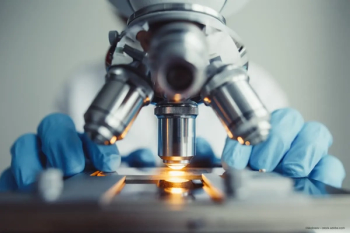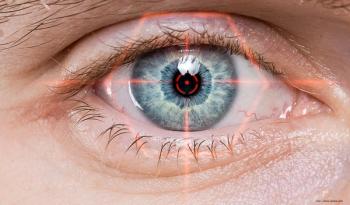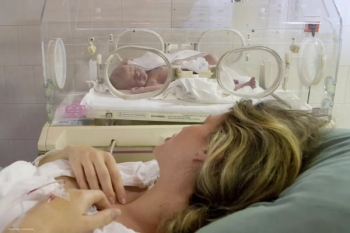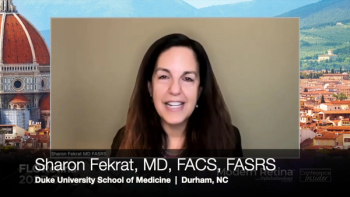
Nerve problems can create dry eye symptoms
LASIK patients who make complaints symptomatic of dry eye may be suffering not from dry eye but from damaged, aberrantly regenerating nerve cells, said Timo Tervo.
LASIK patients who make complaints symptomatic of dry eye may be suffering not from dry eye but from damaged, aberrantly regenerating nerve cells, said Timo Tervo.
Dr Tervo noted that patient-reported symptoms in dry eye questionnaires do not correlate well with subsequent dry eye tests. The phenomenon can be seen when a patient complains of dry eye-like symptoms but both objective tests and the corneal mechanical threshold is normal.
Nerves are damaged following PRK or LASIK and if the sensory protective reflex arch is interrupted it can lead to dry eye. But damaged nerves also evoke abnormal sensations that may resemble dry eye. Dr Tervo cited a study that demonstrated neurotropic keratitis (Bonini et al. Eye 2003) resembles LASIK-induced neurotropic epitheliopathy (LINE).
The issue is important because dry eye is very frequent following a LASIK procedure and is a major cause of patient dissatisfaction. The cornea has the richest nerve supply, over 40 times richer than tooth pulp and 400 times richer than skin. Surgery interrupts the cornea-trigeminal nerve-brain stem-lacrimal gland reflex arch and nerve regeneration starts. Aberrant nerve regeneration may create fake 'dry eye' symptoms.
"Why is it painful?" Dr Tervo asked. Loose epithelium stretches the nerves when blinking or during eye opening, and there is often irregular epithelium. Microtrauma may also be a cause.
Dr Tervo concluded that it is vital to manage preoperative dry eye for LASIK. It can provide more reliable photoablation, less postoperative dry eye symptoms, more accurate preoperative refraction and wavefront analysis and better postoperative visual quality.
Ophthalmology Times Europe reporting from the XXIV Congress of the ESCRS, London, 9-13 September, 2006.
Newsletter
Get the essential updates shaping the future of pharma manufacturing and compliance—subscribe today to Pharmaceutical Technology and never miss a breakthrough.













































